We always face a trade off when planning a trip, between securing lodging in a foreign land, and staying flexible to shape our trips “on the fly”. We are notoriously bad at advanced planning, but this time, due to CO2 Bambu’s year end constraints and need to stay in Nicaragua until discussions with investors were wrapped up, we really could not plan anything. So our trip to Panama was spontaneous and it was literally days before we left for Panama that we added a Cuban side trip to the journey, seeing as Cuba is a short (and cheap) 2 hour flight from Panama City.
We secured only our first two nights’ lodging in La Havana and reached out to a number of “couch surfers” while still in Nicaragua, although communication was challenging, given the fact that the Cuban government does not allow for private internet and therefore internet access is expensive (and only authorized in rare internet cafes and hotels).Normally, the absence of internet connectivity would be a significant handicap, but this time, we are both in need of some downtime and Peta has been lobbying for an extended period of disconnection as work has been a 24/7 proposition of late.

Casa Arte, run by Ydalgo, a charming Cuban art dealer who had lived for years in Zurich before returning to his home country (after a short stint in South Africa), offers a beautifully decorated casa particular that is chockfull of Cuban contemporary art and made for an unexpected start to our trip.
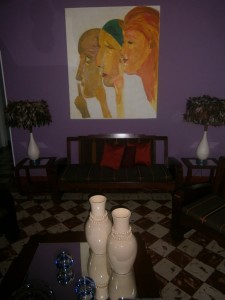
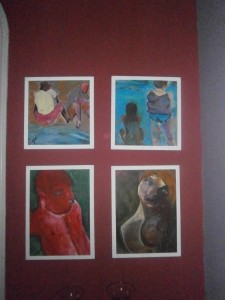
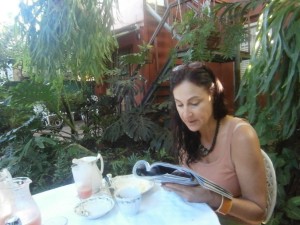
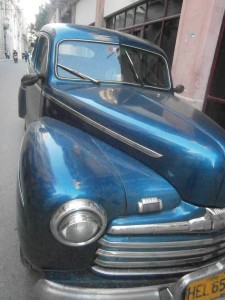
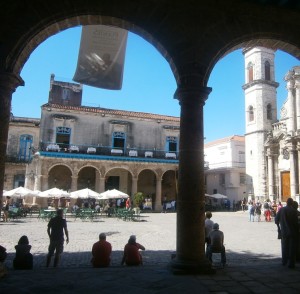
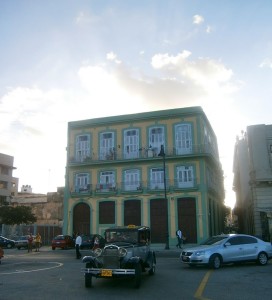
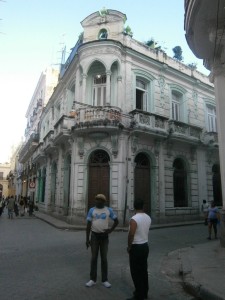
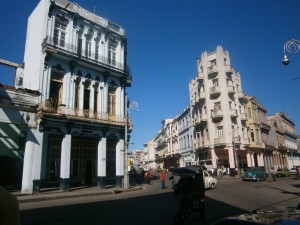
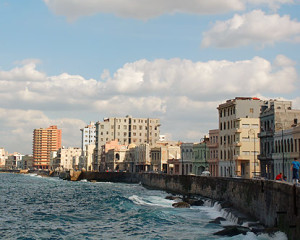

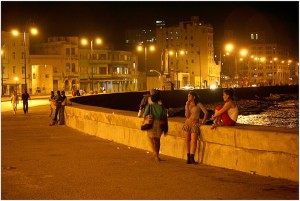
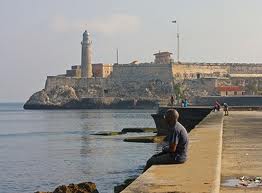
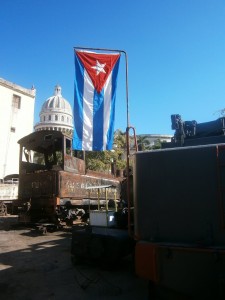
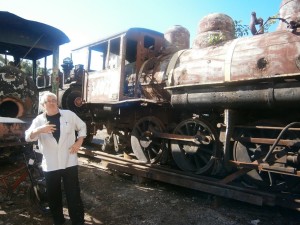
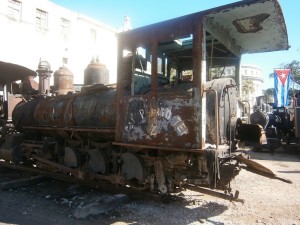
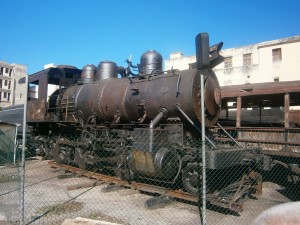
Completely totally 100% jealous….
Yup, pretty awesome all around!